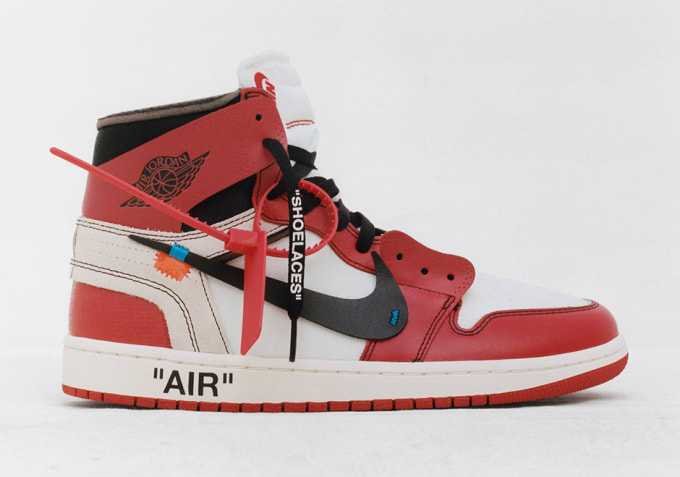Want a $1000 hoodie? Get yourself a bot.

If you’re at all familiar with New York streetwear fashion brand Supreme, you probably already know that their online product releases (commonly referred to as “drops”) sell out fast. We’re talking less than two minutes for one 2016 drop, with many products disappearing from the site in 15 seconds or less.
Fifteen seconds sounds a little extreme, but it’s even crazier when you start to think about what it actually takes to navigate an online checkout process. Go ahead and open up your favorite ecommerce site. Click through to a product page. Pick a size and color and put the product in your cart. Now open up your cart, enter your shipping address…
I’m guessing more than 15 seconds have passed. In fact, it probably took you 15 seconds to read that paragraph, and we haven’t even gotten to your billing info yet. So, how are these Supreme buyers snatching up all the hoodies so fast?
Some of them have super-fingers. But mostly — they’re using bots.
How streetwear bots work
The software used by lightning-fast Supreme buyers are known commonly as “bots”, and they actually aren’t particularly complicated. Most use Python or Javascript and run on a web browser automation tool such as Selenium. Essentially, they’re just doing what the average shopper would do with a keyboard and mouse — but much, much faster.
Form the product buyer’s perspective, here’s how most streetwear bots work:
- Prior to a scheduled product release, the buyer configures the bot with their product selection (usually based on the product URL), shipping address, and billing details.
- At product release time, the buyer hits “run” on the bot.
- The bot navigates to the product page, enters the information in the configuration, and completes the purchase, all virtually instantaneously.
Imagine a few hundred buyers hitting “run” at the moment a product becomes available, and that 15-second sellout time starts to look downright reasonable.
Evolution of the streetwear bot

The streetwear bot shopping trend isn’t limited to Supreme. In fact, the very first “streetwear bots” weren’t really streetwear bots at all — they were sneaker bots, used to purchase limited-edition shoes such as Nike Jordans.
As online shopping outpaces in-store purchases, hype-heavy online product releases have become more common, and shopping bots have become more popular and sophisticated. However, one thing has stayed the same — the shoppers using bots are almost never buying for themselves. More often, they’re snapping up limited-edition products, marking them up by a factor of ten or more, and reselling them in online communities, resale apps, and other backchannels.

How much do streetwear bots cost?
So, if bot-wielding streetwear resellers are raking in 10X profit margins…what’s a good streetwear bot worth?
Quite a bit, actually. Although some streetwear resellers build their own bots, many more purchase them from third-party developers. And bot developers, just like streetwear manufacturers, have no qualms about manipulating the economics of supply and demand. Popular bots like Project Destroyer, Dashe, and Cybersole are sold on a first-come, first-served to a limited number of buyers, and when “sold out”, are often themselves resold at prices of $1000 or more.
Barriers to bot-based buying
Although hyper-fast sellout times generate significant hype, not to mention quick money in the bank, most companies aren’t crazy about seeing their limited-edition products bought up by bots.
For one thing, the high resale price of these products represents value transferred from the company to the reseller — value that the company would prefer to capture for themselves. Additionally, most companies would also prefer to have a direct relationship with the individual actually using the product, so that they can market additional products to that individual in the future.
So, many companies are taking steps to detect and block streetwear bots. These include:
- Limiting the number of orders that can be shipped to a single address, which prevents buyers from purchasing dozens or hundreds of products by running a bot multiple times
- Publishing “dummy” pages, complete with empty product listings, at URLs that are most easily discovered by bots
- Selling limited-edition products through an online lottery, or using another alternative to a standard checkout flow
So…should I get in on this bot business?
Perhaps surprisingly, streetwear bots are perfectly legal, since the buyer is still paying for the product and the bot isn’t actually bypassing the regular checkout process. So, if you simply must have a Supreme hoodie, a bot might be the way to go (especially if you can build your own and bypass the $1000 pricetag). If you’re happy with the hoodies you have, though, I’d recommend staying out of the bot fray, and just taking some time to reflect on the crazy things that happen when technology, economics, and fashion collide.
